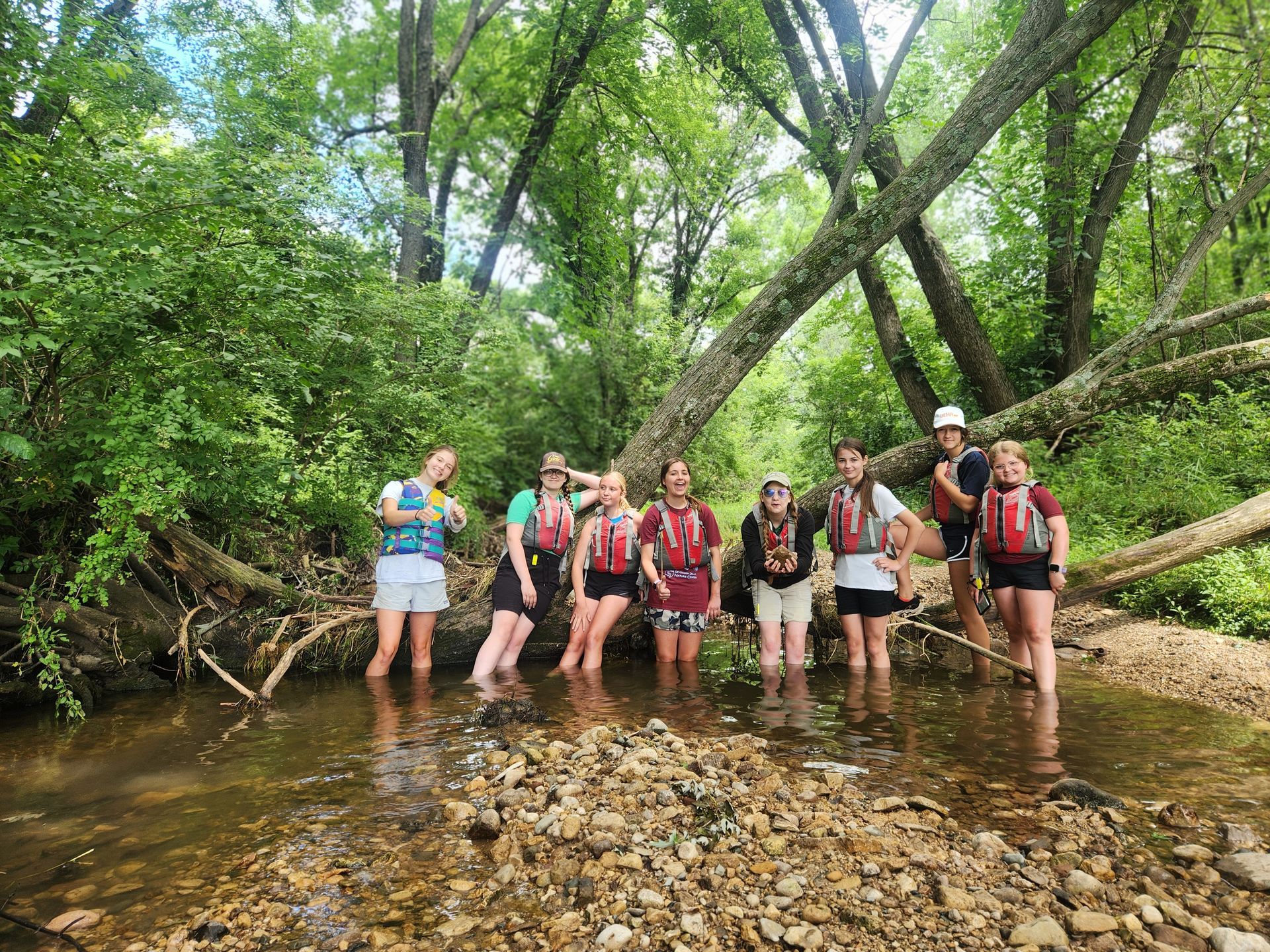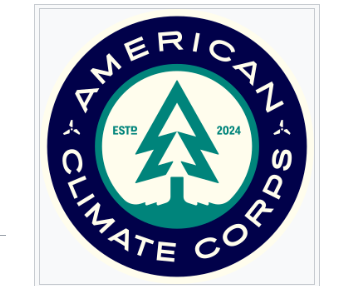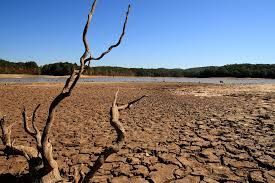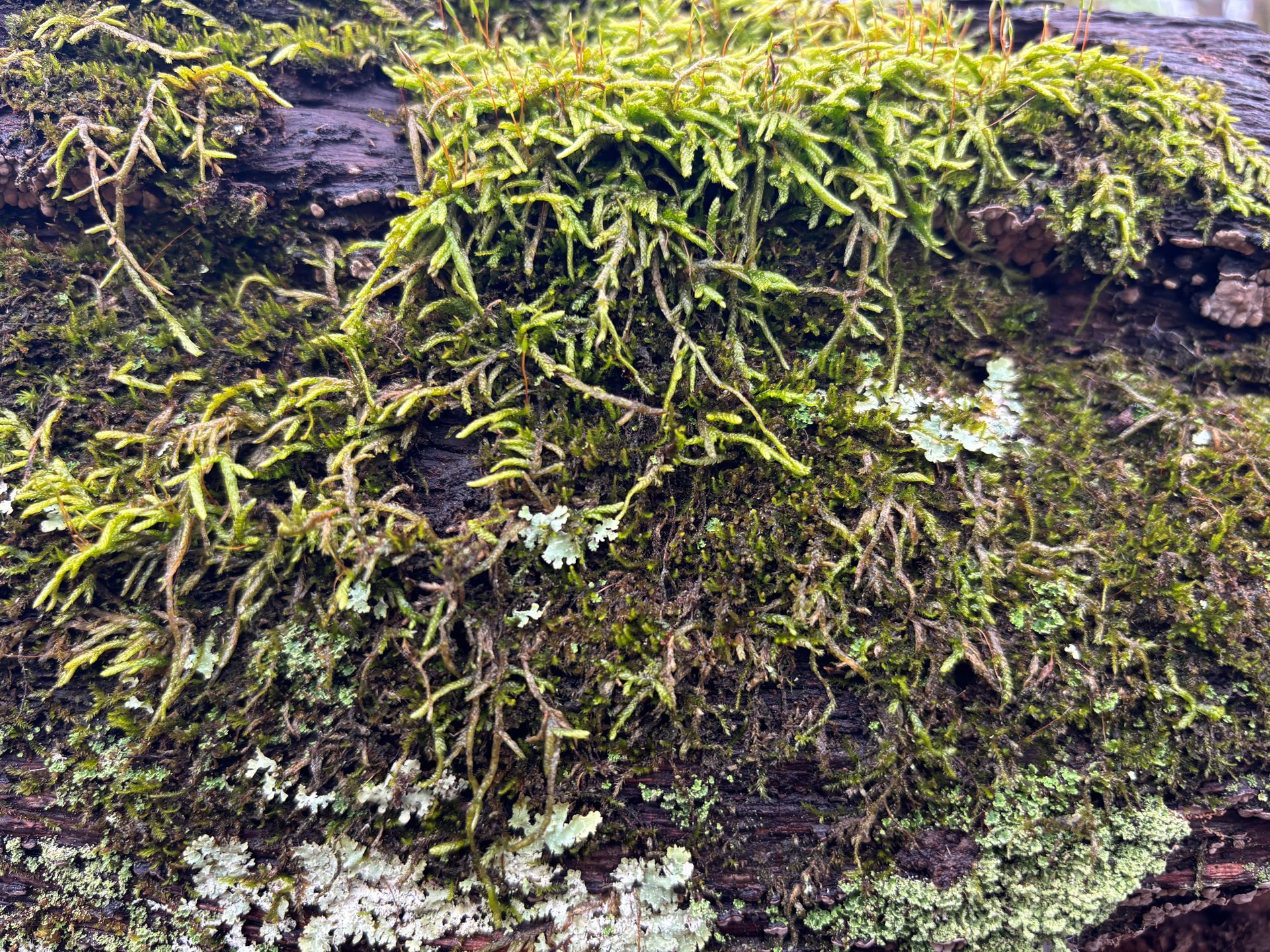FIELD NOTES BLOG
Positive Nature News 2024
Amid the ongoing challenges of climate change and other threats to the environment, 2024 has also brought encouraging stories of resilience and progress. Around the globe, efforts to restore ecosystems, protect endangered species, and innovate for sustainability have made a meaningful impact. These successes remind us that even in the face of adversity, positive change is not only possible, but essential, for securing a healthier future for our planet.
Local News
Severson Dells Nature Center Acquires 168 acres of the former Elliot Golf Course for Rewilding and Nature Education: Severson Dells Environmental Education Foundation purchased the property from the Rockford Park District and will aid the ecosystem in succession, the process by which ecosystems become more diverse over time. Native seeds will be reintroduced, the creek will be daylighted and re-meandered, and natural pressures such as fire bill be reestablished. In addition to the rewilding, the purchase will increase the reach of the environmental education that we offer.
The Natural Land Institute Acquires 327 Acres for Conservation on the Stateline:
The property, named the Jerry and Kathy Busse Prairie Preserve on Raccoon Creek for donors, adds to the network of protected land along Racoon Creek east of Rockton that includes Lost Flora Fen and Nygren Wetland. The land is home to many threatened and endangered plants and animals including Hine’s emerald dragonflies, rusty patched bumble bees, and Blanding’s turtles. The Natural Land Institute will perform habitat restoration on the wetlands, lake, and grasslands and the property to ensure that these endangered populations can exist in perpetuity.
Rockford Mass Transit District Breaks Ground on Facility Expansion to Meet Ambitious Climate Goals: RMTD will expand their downtown Rockford vehicle storage and maintenance facility to accommodate their growing fleet of battery electric and hybrid buses. The nearly 30 million dollar expansion is primarily funded by the Rebuild Illinois capital plan. The facility expansion will include electric charging and maintenance infrastructure to help achieve RMTD’s goal of net zero carbon emissions by 2036 that was outlined in its 2022 climate action plan. This plan won the Federal Transit Administration’s champion of the challenge award for small transit agencies the year it was adopted for its ambitious yet achievable carbon reduction strategies.
National News
American Climate Corps Website Launch On Earth Day this year, the new American Climate Corps website and applicant portal (www.ClimateCorps.gov) was launched. The American Climate Corps is modeled after Franklin D. Roosevelt’s Civilian Conservation Corps. This program aims to employ more than 20,000 Americans in work with organizations that focus on climate change impacts while gaining skills to transition into clean energy, conservation, and climate-resilience careers after the participant’s service term. To aid in this transition, American Climate Corps members will have a streamlined pathway to apply for federal service opportunities by expanding the recent graduates program. Lastly three more states joined the existing 10 in announcing the creation of their state-level Climate Corps, with one of them being Illinois.
The Wallis Annenberg Wildlife Crossing The Wallis Annenberg Wildlife Crossing will be a vegetated bridge across US Highway 101 in Los Angeles, California. Once completed in 2026, this crossing will be the largest wildlife crossing in the nation at 210 feet in length and 174 feet wide. This 10 lane highway separates Santa Monica Mountains to the South from the Simi Hills and Santa Susana Mountains to the north. This wildlife crossing will make it safe for animals such as mountain lions, bobcats, gray foxes, coyotes, and mule deer, to cross between the two fragmented mountain ranges. Species that need large territories, specifically the Santa Monica mountain lions will benefit the most from the increased access to territory which will result in greater habitat access, genetic diversity, and species resilience.
Klamath River Dam Removal Several dams on the Klamath River in Oregon and California have been removed resulting in the world’s largest dam removal project. The completed project resulted in 420 miles of uninterrupted river habitat for salmon for the first time since 1918. Additionally, NOAA’s Office of Habitat Conservation awarded the Yurok Tribe $18 million to restore and reconnect cold water tributaries to the newly accessible river area. Removing the dams will significantly improve water quality of the river by allowing the water to flow and aerate naturally, which will increase dissolved oxygen levels in the water and reduce toxic algae blooms that negatively impacts aquatic wildlife. This project also specifically helps salmon and steelhead fish populations. By giving them greater access, they not only have more habitat to expand populations, but this will also extend the migration period and increase juvenile fish survival rates
International News
Renewable Energy Completely Powers Seven Countries: More than 99.7% of electricity in Albania, Bhutan, Ethiopia, Iceland, Nepal, Paraguay, and the Democratic Republic of Congo comes from geothermal, hydro, solar or wind power. Norway is close behind at 98.38%, and Portugal and Germany are able to run on 100% renewables, but only for a short period of time. Solar has been dominating the renewable energy capacity, as it is the cheapest and most affordable, and it is expected to take over as the dominant energy source within the near future. Most countries have set a goal of being carbon neutral by 2030 and others by 2050, so we are on track for a carbon neutral future.
Freshwater Reserve Discovery in Italy: Italy has been in an ongoing state of emergency as they are dealing with the worst drought in over 70 years. Due to a lack of rain and a mild winter in 2023, the country has been struggling to find clean water. A solution might have been found; hidden beneath Sicily’s Iblei Mountains, a huge freshwater reserve has been found, and it’s estimated to contain 17 billion cubic meters of water. This reserve is estimated to be between 700 and 2,500 meters below the surface, which means it isn’t easily accessible. The government has been working with scientists and mining companies, trying to come to a decision on how the water may be reached without disturbing the land around it. Currently, Sicily’s farmers are at a breaking point as harvests continue to fail due to the dry weather, so access to this freshwater reserve could mean a hopeful future for Italian farmers.
EU Parliament Voted to Criminalize Ecosystem Destruction: With the occurrence of environmental crimes on the rise, ecocide was ruled illegal and punishable by 8-10 years in prison. Ecocide is defined as unlawful acts committed with knowledge that there is substantial likelihood of severe and wide-spread damage to the environment. This includes, but isn’t limited to: water abstraction, ship recycling and pollution, the introduction and spread of invasive alien species, and ozone destruction. This will make ecocide illegal in 27 additional countries, for a total of 38 countries. These countries will have 2 years to implement the revisions into national law, and they will begin in Spring 2026.
Space News
2024 has been a year full of celestial events–hopefully you were able to witness a few! As we look ahead to 2025, let's revisit some of this years major events:
Total Solar Eclipse: The solar eclipse of April 8, 2024, also known as the Great North American Eclipse, passed over North America and was visible across 15 states. It is estimated that around 50 million people experienced the total solar eclipse, including many people who traveled to view it. Rockford was not in the path of totality, but regions just a few hours south of us were! This solar eclipse was the last total solar eclipse visible in the contiguous United States until the next one which will occur in 20 years on August 23, 2044.
Northern Lights (Aurora borealis): This year has been a year of dazzling auroras, which have illuminated over much of North America. Auroras form when charged particles from the sun collide with Earth's upper atmosphere. Typically, auroras are only visible near the poles due to the Earth's magnetic field. However, the sun is currently experiencing a solar maximum, which means that there is increased solar activity. This has resulted in more auroras than usual that are visible further south. There have been a few times this year that the Northern Lights have been visible in Rockford this year, with the most colorful show occurring on October 10th, 2024.
Europa Clipper: On Oct. 14th Europa Clipper launched , and is the first mission designed to conduct a detailed study of Jupiter's moon Europa. There’s scientific evidence that the ingredients for life may exist on Europa right now. The spacecraft will travel 1.8 billion miles (2.9 billion km) to reach Jupiter in April 2030.
RECENT ARTICLES











































